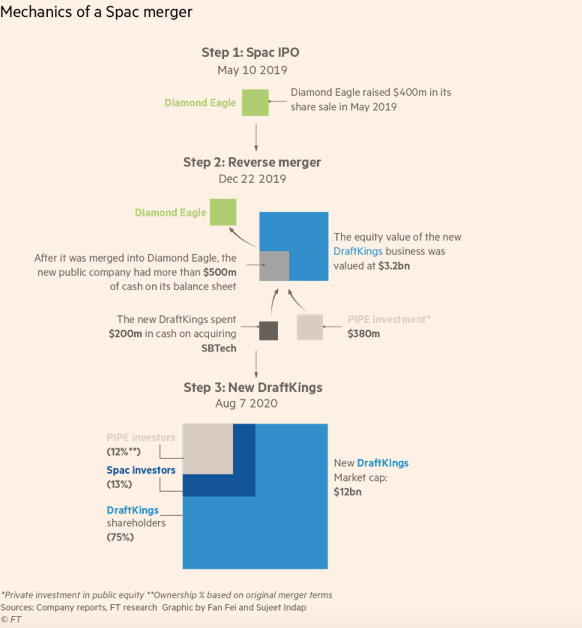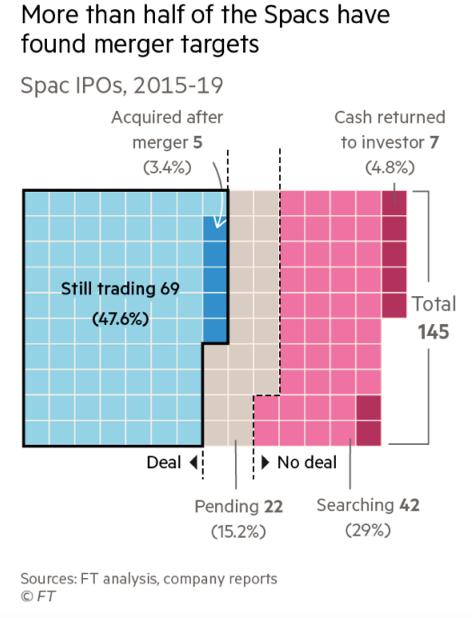Discover the importance of organizational alignment and agility in this blog post. Learn how establishing a strong CORE and building a strategy around it can lead to sustainable growth and success. Find out how alignment and agility empower your organization to thrive in an ever-changing business landscape.

Burnout! Houston We Have a Problem
For most of us in an office environment, it is now over five months since we vacated our office and began working from home. While some companies are seeking to have employees return, many are pushing that back until sometime in 2021. Also, in some areas with children returning to “virtual” school,” work from home will continue for a while.
While the data shows that overall productivity is up, what is becoming apparent is that few are taking vacations since COVID hit. According to a recent survey by the global online employment platform Monster, 59% of employees are taking less time off than usual, and 42% of those working from home are not planning to take any time off to decompress. SAP internal data shows employee vacation usage is 4% vs. 24% for the same period last year. For many employees, a combination of cancellation of events, summer camp closures, risks from travel, and minimal ability to travel internationally has led to a deferment of vacations.
However, fewer vacation increases the risk of employee burnout. The recent Monster survey revealed that 69% of employees are experiencing burnout symptoms while working from home, an increase of 20% since a similar study in early May. In addition to the burnout, financial anxiety is also causing mental health issues.
The World Health Organization has updated its definition of burnout from a stress syndrome to “a syndrome conceptualized as resulting from chronic workplace stress that has not been successfully managed.” Three symptoms characterize burnout:
- feelings of energy depletion or exhaustion;
- increased mental distance from one’s job or negative feelings toward one’s career; and
- reduced professional efficacy.
The damage employee burnout can do to an organization is very real. Individual employee burnout reduces productivity. Also, as employees begin to show symptoms of burnout, they transfer their stress (and workload) to others–and the burnout spreads.
With so few employees taking a vacation, issues of what to do are arising.
- Give employees more days off during the year, e.g., a Friday a month.
- Make employees take staycations?
The odd day off used to be a great break, but working from home, it is just the same as being at the office. So the rest and recharging that it used to offer are no longer there.
Encouraging employees to take staycations may sound good for their mental wellbeing. However, according to an HR Consultant, “The type of staycation where you don’t travel, but you stay home and forget all things work-related for a week feels different when you are working from home. [ The staycation ] is not by choice, and there is a lot of fear, trepidation, and isolation involved. If you don’t have enough space to have a completely separate work from home space, your staycation will feel like you just took a pillow and blanket into your office.”
Finally, some are taking vacations, but not turning off during that time. Since we can all work virtually, they are just continuing to work but at the vacation spot rather than at their home. This type of vacation defeats the purpose and results in the break being ineffective at reducing stress and burnout.
Another issue that is arising is what to do with all the unused vacation time. Many companies that have a use it or lose it policy may find that people lose it during these uncertain times, but that probably increases the risk of burnout. Another large set of companies are revisiting their employee policies to allow for unused vacations to roll over into 2021 so that when things allow for holidays, employees can use them. Right now though 2021 may not be long enough and rolled over vacation is a liability carried on the balance sheet.
Like many things during COVID, the situation is fluid, and flexibility is critical. First, though, find a way to reduce burnout and get your employees downtime. Then you can figure out what to do with vacations.
Recent Posts
Align and Thrive: The Importance of Organizational Alignment and Agility
How to Achieve Smart Time Management: 10 Tips for Busy Professionals
When you are a busy professional running your own business, it can often feel like there aren’t enough hours in the day to accomplish everything. Being strategic with your time is the best (and possibly the only) way to achieve all of your daily tasks. If you are...
5 Strategic Leadership Skills Every Manager Needs
So often, people view leadership as a talent: you’re either born with this quality or you’re not. However, this is not always the case! In reality, good leadership is made up of skills, and anyone can learn how to improve. Some people may pick up leadership attributes...
How the Sellability Score is Calculated: The Ultimate Guide
Do you have questions about how to calculate your business’s sellability score? Whether you’re looking to sell your business in the near future or years from now, understanding your sellability score will help you thrive. The sellability score identifies the...
The Top 5 Benefits of the Entrepreneurial Operating System
As an entrepreneur running your own business, you know there are bumps in the road and struggles that both you and your business will face over time. However, with the right people and tools at your disposal, you can anticipate what’s coming, plan for it, and continue...
5 Ways to Use Email Automation to Boost Traffic
Every single business in the world wants to evolve and grow. This will happen using a variety of techniques and strategies. In 2022, digital marketing is more than a household name, and most companies will adopt at least a few ideas when long-term planning and coming...
6 Questions To Ask A Potential Business Coach Before Hiring Them
Many entrepreneurs consider executive business coaching when they start struggling on their professional path. A small business coach is an experienced professional mentor who educates, supports, and motivates entrepreneurs. They will listen to your concerns, assess...
3 Ways Proper Long Term Strategic Planning Helps Your Business
Dreams turn into goals when they have a foundation of long-term strategic planning supporting them. They become reality when the ensuing strategic implementation plan is executed properly. With Kaizen Solutions as their strategic planning consultant, small and...
What is a Peer Group, and How Can it Improve Your Career?
If you are a CEO or key executive who has come to a crossroads or crisis in your career, you'll gain valuable insights and solutions from a peer group connection more than anywhere else. But what is a peer group, and how can that statement be made with so much...
Profit and Revenue are Lousy Core Values
As I mentioned last week, I am down with COVID and tired, so spending more time reading rather than working. I read Bill Browder's Freezing Order this weekend, and I highly recommend it. However, at the end of the book, Browder says that oligarchs, autocrats, and...















